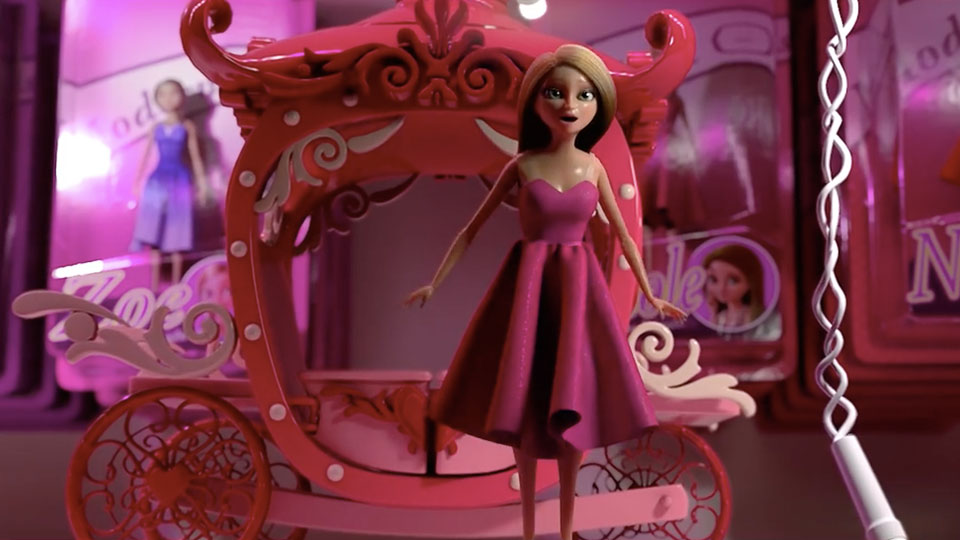Inspiration meets innovation at Brandweek, the ultimate marketing experience. Join industry luminaries, rising talent and strategic experts in Phoenix, Arizona this September 23–26 to assess challenges, develop solutions and create new pathways for growth. Register early to save.
At the start of Audi Spain’s “The Doll That Chose to Drive,” a row of Barbie-esque dolls in the pink section of a toy aisle apply makeup, perform ballet and push a baby stroller.
Another doll, frustrated with her dream carriage’s inability to actually go anywhere, kicks a wheel off it and finds herself drawn into the mobility paradise of the blue aisle … where she finds an Audi to take on a test drive.
The ad has a bit of a Nutcracker quality, playing on the fantasy of toys coming to life after hours, and bears the promise of a happy ending when a little boy picks up both doll and car, and asks his mother if he can take them home.
“But

WORK SMARTER - LEARN, GROW AND BE INSPIRED.
Subscribe today!
To Read the Full Story Become an Adweek+ Subscriber
Already a member? Sign in

